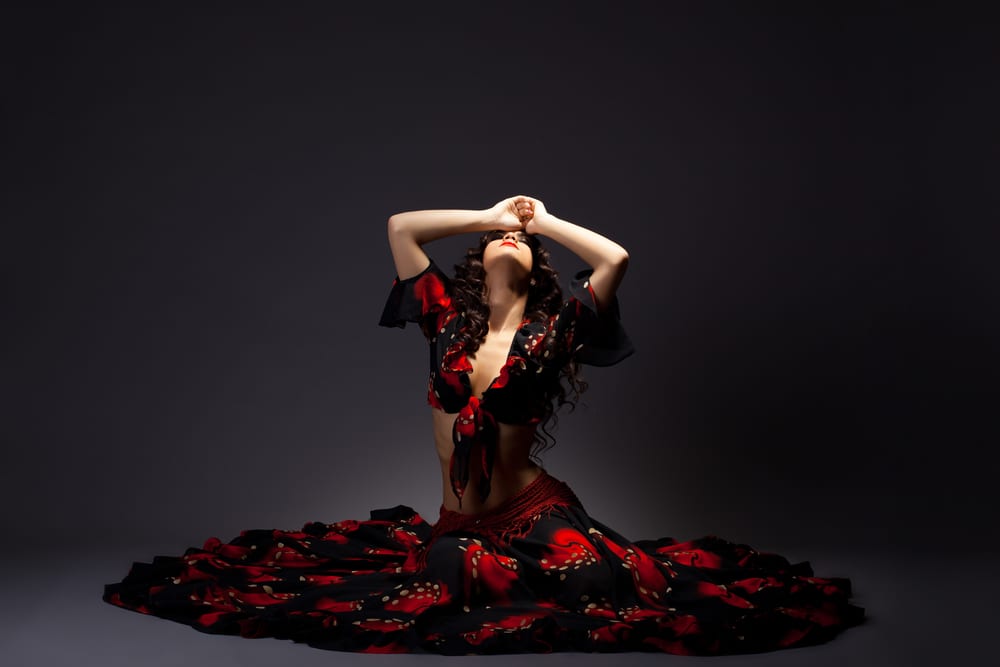Duende: the artistic flamenco spirit
Duende: the artistic flamenco spirit
Duende: the artistic flamenco spirit
-
Hannah
-
Hannah

It was Spanish poet and playwright Federico García Lorca who first opened up the discussion on duende, back in 1933 when he gave a lecture entitled, ‘Play and Theory of the Duende’ in Buenos Aires. He said there are three incarnations of artistic inspiration that inspire humans to create: muses, angels and the duende, which in fairy-tale lore are a little like goblins – dark creatures. According to the Duende Art website, the duende of Andalusia is:
a looming red-skeleton, who without ceremony (scythe and hourglass in hand(s)) targets beleaguered, tormented, suffering, struggling or harassed artists prompting them (in their desperate anguish and high-anxiety) to heights of astonishing creative brilliance.
García Lorca defined the duende as a ‘mysterious power which everyone senses and no philosopher explains’, and said that ‘duende could only be present when one sensed that death possible’. He explained:
The duende, then, is a power, not a work. It is a struggle, not a thought. I have heard an old maestro of the guitar say, ”The duende is not in the throat; the duende climbs up inside you, from the soles of the feet.’ Meaning this: it is not a question of ability, but of true, living style, of blood, of the most ancient culture, of spontaneous creation … everything that has black sounds in it, has duende.
When I first visited Spain, many years ago, I was swept away at once by the flamenco art. It affected me so profoundly I knew I would someday write a novel set in Andalucía. When I finally came to write, though, the story extended to three books, my Andalucían Nights trilogy, because there was just too much emotion to convey in one book alone. Duende: that was my inspiration, that was what drove my writing, that is what drives my characters in the books.
Take the final book, Legacy. Its hero, Ruy, is descended from a gypsy queen, and he is able to captivate audiences with his raw, soulful flamenco song and guitar playing. He knows duende, not only because he is descended from a gypsy queen and is part of the gypsy community, but also because he knows darkness – he has battled with his demons, he has stared death in the face. Remember: ‘Duende could only be present when one sensed that death possible,’ said García Lorca.
For me, though, duende is not only a darkness, a looming red skeleton; it is a mournful sorrow as well. In 1999, musician, singer-songwriter and author Nick Cave gave a lecture in Vienna about the nature of the love song, in which he touched on duende:
All love songs must contain duende. For the love song is never truly happy. It must first embrace the potential for pain… The love song must resonate with the susurration of sorrow, the tintinnabulation of grief…
The same is true, I would argue, for the love story on paper – there must be pain, sorrow, if there is to be exulting love. Which, of course, means that none of the love stories I write are without an element of darkness to be overcome.
What do you think of the concept of duende? How do you respond to this state of heightened emotion and beautiful authenticity in the arts? Is the best art that which is born of duende? Does flamenco make you feel?